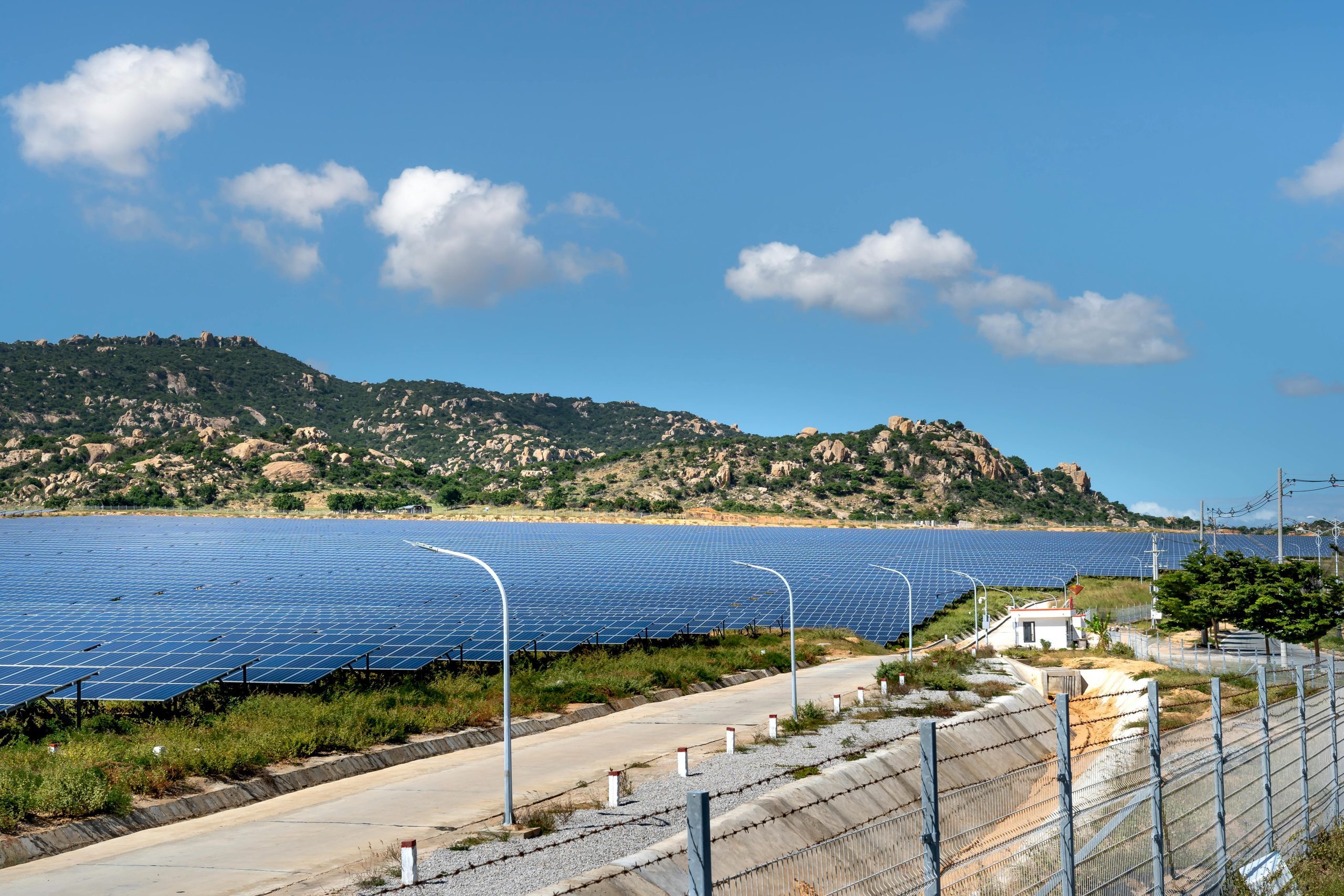As India grapples with the dual challenges of climate change and food security, carbon farming has emerged as a promising solution to promote sustainable agriculture. By adopting practices that sequester carbon in the soil, farmers can not only mitigate greenhouse gas emissions but also improve soil health, increase crop yields, and enhance resilience to climate variability. For a country where agriculture employs nearly half the workforce, carbon farming could be a game-changer—balancing ecological sustainability with economic growth.
What Is Carbon Farming?
Carbon farming refers to a set of agricultural practices designed to capture and store atmospheric carbon dioxide in the soil and vegetation. Unlike conventional farming, which often depletes soil carbon, carbon farming enhances it through techniques such as agroforestry, cover cropping, reduced tillage, and organic composting. These methods not only reduce the carbon footprint of farming but also restore degraded land and improve water retention.
In India, where smallholder farms dominate, carbon farming presents an opportunity to align traditional knowledge with modern sustainability practices. Many Indian farmers already use techniques like intercropping and crop rotation, which can be optimized for carbon sequestration with minimal additional investment.
Benefits of Carbon Farming for India
The advantages of carbon farming extend beyond environmental benefits, offering tangible economic and social gains for Indian farmers:
- Climate Mitigation: By sequestering carbon, Indian agriculture can contribute significantly to the country’s net-zero targets under the Paris Agreement.
- Improved Soil Health: Carbon-rich soils are more fertile, reducing dependency on chemical fertilizers and increasing long-term productivity.
- Water Efficiency: Healthy soils retain moisture better, making crops more resilient to droughts—a critical benefit in rain-dependent regions.
- Economic Incentives: Farmers can earn carbon credits through verified sequestration projects, creating an additional revenue stream.
- Biodiversity Enhancement: Practices like agroforestry support diverse ecosystems, benefiting pollinators and natural pest control.
Challenges in Implementing Carbon Farming
Despite its potential, carbon farming faces several hurdles in India:
Lack of Awareness and Training
Many small-scale farmers are unaware of carbon farming techniques or lack access to training. Without proper guidance, transitioning from conventional methods can seem risky.
Financial Constraints
Initial investments in equipment (e.g., for no-till farming) or seeds for cover crops may be prohibitive for resource-poor farmers. Government subsidies and private-sector partnerships are essential to bridge this gap.
Policy and Infrastructure Gaps
India lacks a robust carbon credit framework tailored to agriculture. Additionally, inadequate rural infrastructure—such as storage facilities for organic compost—hinders widespread adoption.
Land Fragmentation
With average farm sizes shrinking, implementing large-scale carbon farming practices becomes logistically challenging. Cooperative farming models could offer a solution.
The Path Forward: Scaling Carbon Farming in India
To mainstream carbon farming, India must adopt a multi-pronged approach:
- Government Support: Policies like the National Mission on Sustainable Agriculture (NMSA) should integrate carbon farming incentives, including subsidies and carbon credit mechanisms.
- Farmer Education: Extension services and digital platforms like Kisan Drones can disseminate knowledge on carbon-smart techniques.
- Private Sector Engagement: Agri-tech startups can develop low-cost tools for soil carbon measurement, while corporations can invest in farmer-led carbon projects.
- Research and Innovation: Institutions like ICAR must prioritize region-specific studies to identify the most effective carbon farming practices for India’s diverse agro-climatic zones.
Conclusion
Carbon farming holds immense potential to transform India’s agricultural landscape into a more sustainable and climate-resilient system. While challenges exist, strategic policy interventions, farmer empowerment, and technological innovation can pave the way for widespread adoption. By embracing carbon farming, India can secure its food future while contributing to global climate goals—a win-win for farmers, the economy, and the planet.
